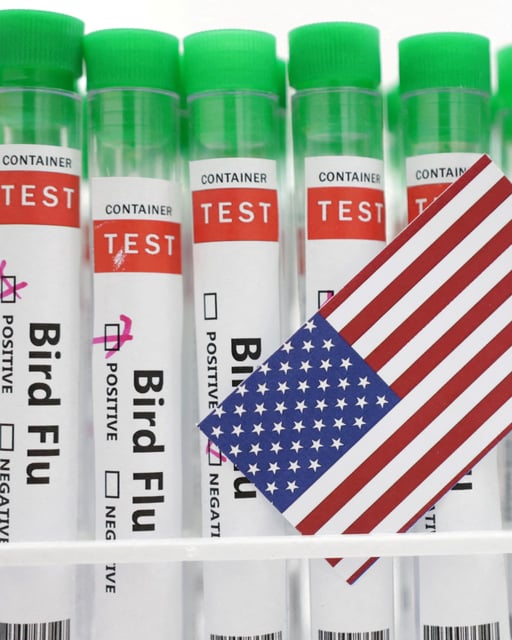Overview
- USDA tests found live H5N1 virus in hamburgers cooked to 120°F, the temperature of rare meat.
- No virus was detected in burgers cooked to 145°F (medium) or 160°F (well done).
- The USDA advises cooking ground beef to 160°F to ensure safety from bacteria and viruses.
- Bird flu has been found in dairy cattle in nine states, but no virus detected in retail beef samples.
- Officials emphasize that properly cooked meat poses no health risk from the bird flu virus.


